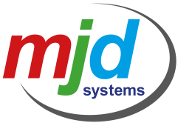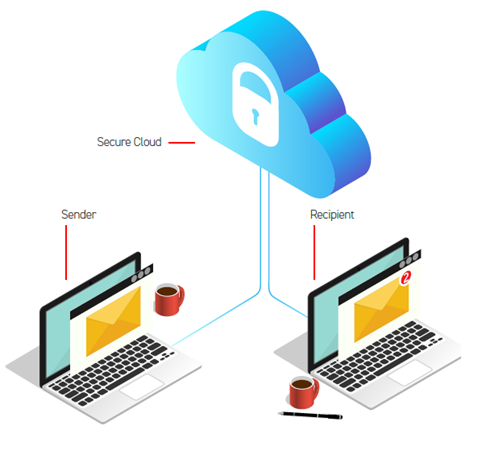The management of your IT ecosystem is not just the maintenance of the physical hardware and your networks, there are also important policies which need to be in place to compliment the good management of the IT hardware and networks. This week we wanted to cover the importance of an IT policy.
The main purpose of an IT policy is to ensure your corporate information is kept safe through detailing the methods that will be employed to prevent unauthorised access, loss or corruption of the data in both electronic and physical forms. An IT policy will provide all your employees with a secure and acceptable framework for them to take their cues from on how to work with the IT in your network. An IT policy can also help you to demonstrate to auditors that you have taken your IT security further than just your physical hardware and software implemented.
Now, IT policies can be viewed as micromanagement as they do detail how information should be communicated, how its stored and how it can be used within the IT network. But it is important that you communicate your IT policy to your employees as a tool to improve communication and transparency. You are making sure there are no grey areas on how something should be done within your IT network. It also provides them with a decision making tool which will help to reduce time taken on problem solving if it clearly sets out what they should and should not do within the IT network.
It also means each employee has the same set of controls, so it is a consistent message and helps to communicate a fair and trustworthy environment. Everyone knows what is acceptable and therefore what they should do. This does mean that you are also protecting yourself in the instance of malicious actions carried out by employees. If you clearly detail what is allowed and what isn’t, you can handle the situation with certainty that they acted outwith your companies policies and that they were made aware and agreed to these policies when they were employed or the policies implemented.
All of these add up to create a strong argument for why it is not a question of if you need an IT policy, but of when you will implement an IT policy. The team here at MJD would always recommend you implement it now and we are here to help make IT work for you!




